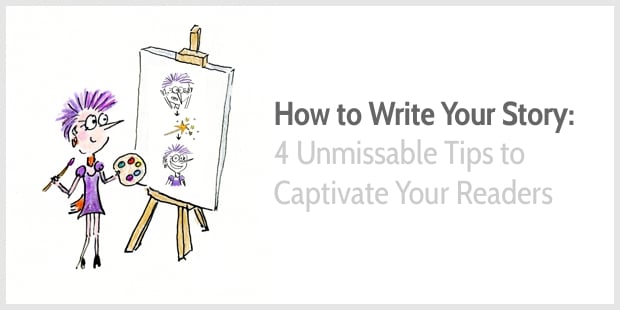


How can teachers embed story and narrative to document children’s growth and strengthen families’ participation in their children’s education? How can early childhood educators support and make visible children’s emergent cultural and linguistic identities? This has led me to the following questions: As a preschool teacher in a multi-language setting, I am required to conduct classroom observations to assess children’s learning. These observations should include teachers’ reflections and, as much as possible, families’ opinions and perspectives on their children’s learning, curiosity, talents, agency, hopes, and dreams. As an early childhood educator committed to equity of voice, I believe that educational activities with preschool children should be based on daily observations of children at play both in the classroom and outdoors. I am also a preschool teacher: I have taught preschool for 18 years-the past 10 at Las Americas Early Education School in San Francisco’s Mission District. I teach undergraduate courses on children’s language development in multilingual early childhood education settings, classroom observation and children’s evaluation, and more recently, a graduate course on narrative inquiry in ECE and elementary school. I am currently a doctoral student in the Educational Leadership Program at San Francisco State University, where I have been a lecturer for the past five years.

Because I lacked the knowledge of child development and curriculum planning required to do this work most effectively, I enrolled in classes at City College and took as many child development classes as I could. I began teaching and learning from young children in San Francisco, California, when I began volunteering in a multilingual early childhood program. I am also an immigrant and an American citizen by naturalization. Their interests, questions, and thoughts should influence what they do and learn at school. As citizens, they have needs, but also rights-one of which is to be seen as contributors to their own education. Young children are today’s citizens of the world, with their own ideas, theories, inquiries, strong preferences, and stories. When I think of children, the image that comes to mind is that of competent human beings: resourceful, creative, and able to collaborate with peers and adults.



 0 kommentar(er)
0 kommentar(er)
